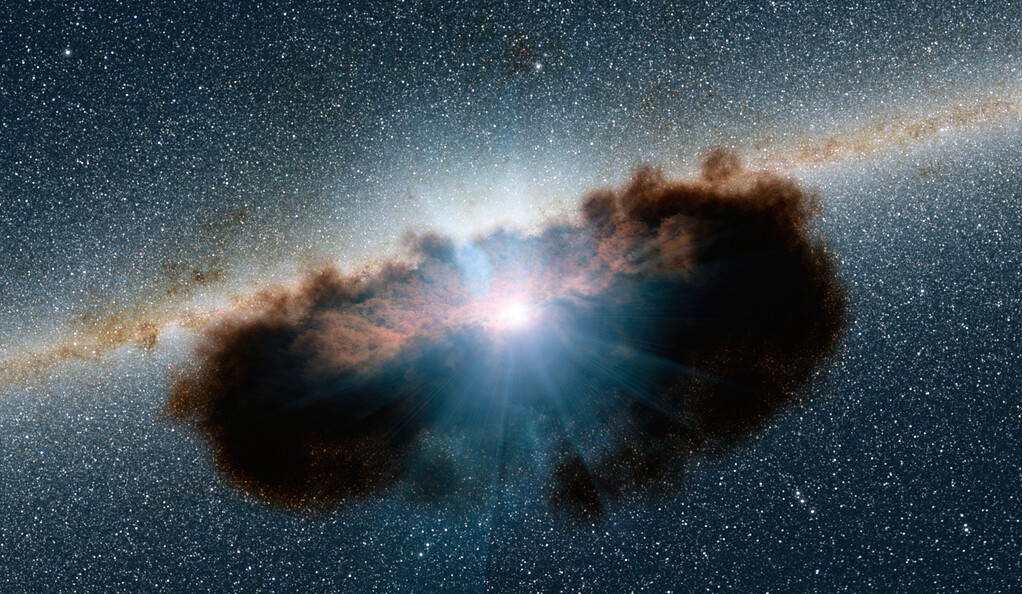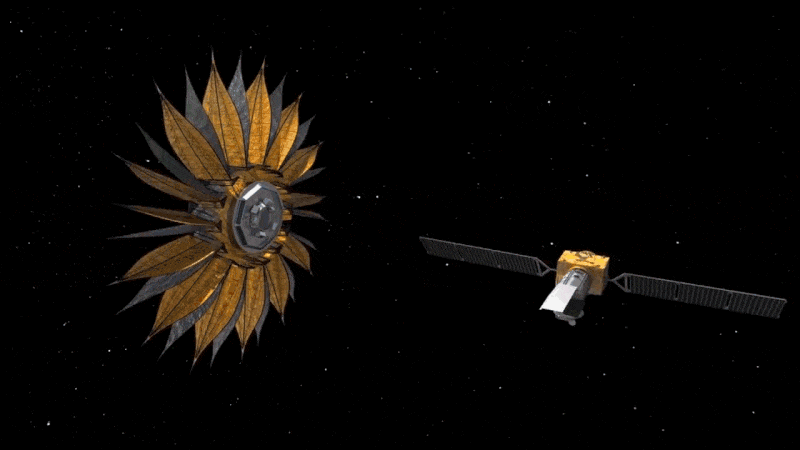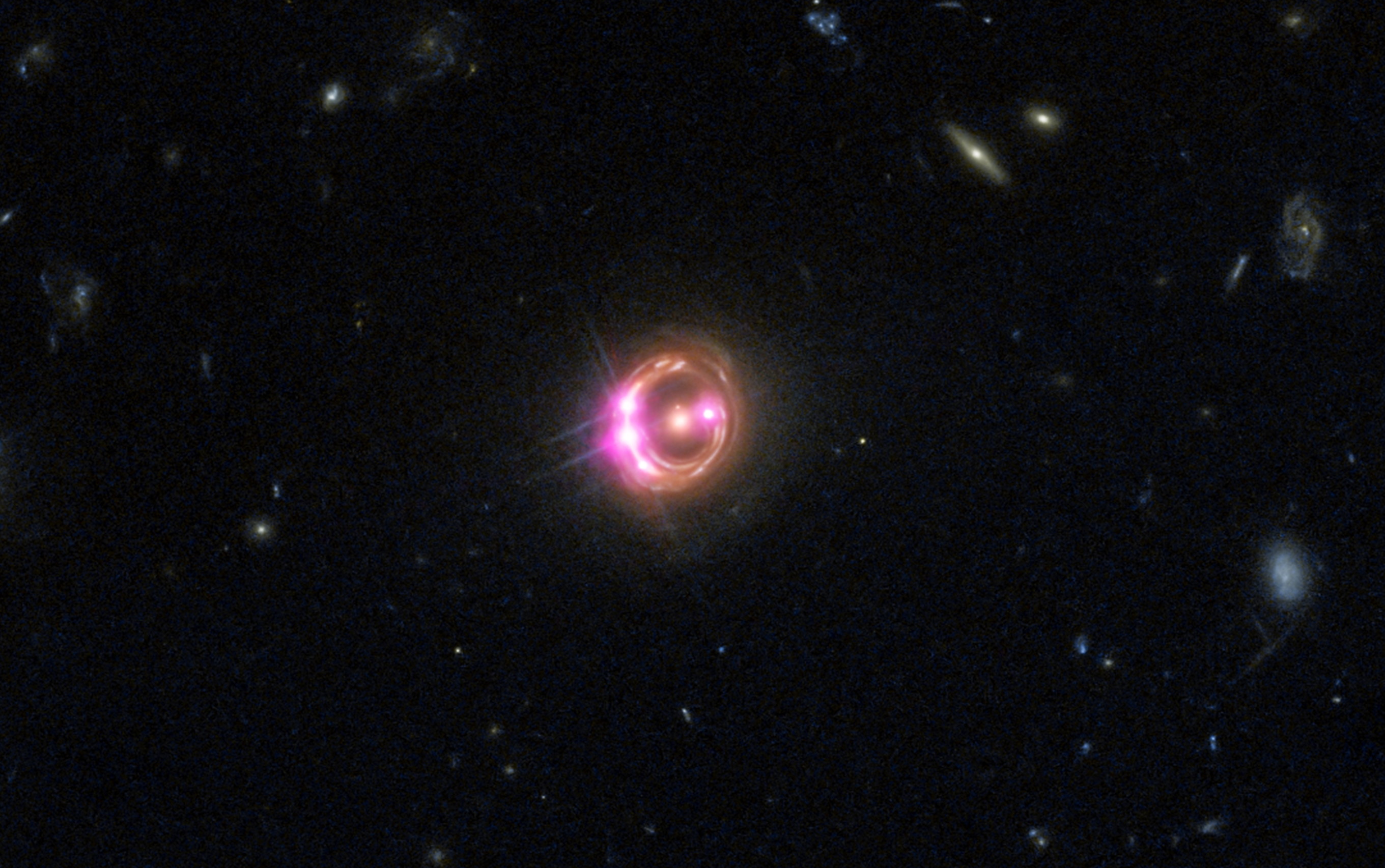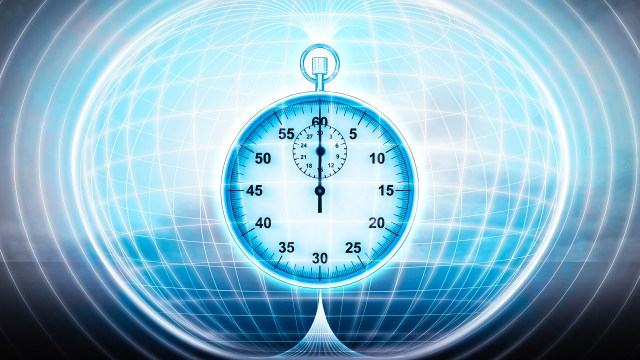Ask Ethan: What do the stars make an astrophysicist feel?

- An astrophysicist is a scientist who studies the physical processes that underpin the phenomena we observe in the Universe, from particles to planets to galaxies to the cosmos.
- But when we look up at the night sky or take in an image from a cutting-edge observatory, we see the same colors and brightnesses that any other human would.
- With the knowledge and expertise we've developed, however, we have slightly different perspectives than most people, and that leads to a different internal experience for us.
If you want to know what’s going on in the Universe, your best bet is to ask an astrophysicist. By studying not only the objects and phenomena we can observe throughout the Universe but the underlying physical laws behind them, we can come to understand the answers to some of the greatest questions of all. Since time immemorial, we’ve pondered such questions as:
- What is the Universe?
- What’s contained within it, and how to do those objects form and behave?
- How old and how large is our observable Universe?
- How did it arise, and how did it come to be the way it is today?
- And what will its ultimate fate be?
Thanks to the science of astrophysics and cosmology, we have outstanding, physically valid answers to all of these questions and many more, with new territory being staked at the frontier of the unknown every day.
But what about the feelings that we get from studying, watching, and thinking about the celestial objects beyond Earth? What goes on inside the heart of an astrophysicist like me? That’s what Patreon supporter Rob Hansen wants to know, asking:
“You’ve written an awful lot of words about the math and physics of the stars. Have you considered doing a column about what the stars make you feel?”
It’s an unusual question for me to receive, but one that’s no less important than any scientific question one can ask. After all, there’s a whole Universe out there to consider, and the more time and effort we spend learning about and exploring it, the more it can affect us.

Whenever I look up at the sky on a clear, dark night, I remember what it was like when I looked up as a child. From the 9th floor of an apartment in Yonkers, NY, I remember stepping out onto our little balcony and seeing the Moon, the New York skyline, the city lights, and a few stars. I learned how to identify the Big Dipper and to find the North Star from it: by following the last two stars in the dipper’s cup. I remember getting a telescope when I was 6 — what amateur astronomers refer to as a hobby-killer — and fruitlessly pointing it at the full Moon. Still, for as little as I could see, I remember being filled with wonder at what was out there and how vast it all seemed.
But I also remember being 11 and vacationing up north, toward the Catskill mountains, far away from the light pollution I’d grown familiar with. I remember lying down on a grassy hillside and looking up at night, and being awed by what seemed like an infinite canopy of stars. (In reality, it was probably closer to a few hundred; I wouldn’t see the Milky Way for the first time until I was 22.) I remember feeling like I was losing my equilibrium and that the abyss of space was surrounding me and that I could easily get lost in it. I remember the feeling of digging my fingers into the blades of grass, gripping them, so that I wouldn’t somehow fall “up” into the endless night.

I remember being a young teenager, maybe 14 or 15 or so, out by the water at night. I remember looking up and thinking about the stars that were just at the limit of what I could see, and the stars and galaxies that must be out there far beyond them. I remembered wondering: could any of the stars that appear in one direction match up with any of the stars in another direction? If you traveled in a straight line fast enough for long enough, would you eventually come back to your starting point? The people I was with were upset and overwhelmed by such a thought, but it only filled me with wonder.
And I remember using my own astronomy equipment successfully for the first time. I remember what it was like to see Saturn’s rings and its bright pinprick of a moon, Titan, all on my own. I remember pointing my telescope at the Pleiades and not just seeing 6 or 7 stars, but too many to count. I remember finding my first galaxy on my own — Messier 81 — and just a few seconds later finding my second: the nearby Messier 82. I remember seeing the Andromeda galaxy and the Ring Nebula, and marveling at what I both could and couldn’t see with the aid of binoculars and a telescope. And I remember the awe I felt at how many thousands upon thousands of “invisible” objects to my naked eye became visible, bright, colored, and with their own characteristics just by looking up with the right equipment.

Those feelings stay with me every time I look up, but they’re joined by new ones that — at least for me — enrich my experience when I look up and wonder. Knowing what each star is and how it works, how a star’s color is related to its temperature and the ionization states of its various atoms, how the effects from interior processes propagate to the surface and finally are released outward into the Universe informs how I feel about each star I gaze upon. Knowing that each one has its own history, from formation until its eventual death, and its own system of planets, moons, and other icy-and-rocky bodies fills me with wonder about what is, isn’t, and yet might be out there.
I’ve seen thousands upon thousands of professional astronomy images, from photographic plates and individual spectra to the glorious full-color panoramas and deep fields of many regions of the sky from a variety of space-based and ground-based telescopes. When I look at them, however, I don’t just see what’s exposed by these marvels of modern technology, but I also try to fill in the blanks of what should be out there, but is beyond the capabilities of the data to expose. How many galaxies and stars that are too faint, too distant, or whose light arrives in the wrong wavelength range for these images to reveal?

It makes me think about the big questions: the ones we’ve answered and the ones we have yet to answer. What reality is made of on a fundamental level, and how those subatomic constituents interplay with one another, leading to the assembly of structure we see on cosmic scales. How some of the stars we can see are nearly as old as the Universe itself, while others are only a few million years old: a cosmic blink-of-an-eye by comparison. How practically all of it, remarkably, is made of matter, and yet how a sufficient explanation for how an excess of matter was made (over antimatter) still eludes our understanding of where we came from.
How there must be an ocean of dark matter — or something equivalent to and indistinguishable from it — responsible for holding the galaxies and clusters of galaxies and the cosmic web together, and yet how all of it is still insufficient to reverse the Universe’s expansion and lead to an eventual Big Crunch. How galaxies, as vast and massive as they are, are clumped together into groups and clusters, but that the space between those individual groups and clusters is expanding. And how there’s an additional form of energy in the Universe, what we call dark energy, that’s not only driving the cosmic expansion today, but drives these groups, clusters, and what otherwise would have been still larger structures apart from one another.

In some ways, I know it makes me feel greedy: as though, if I could just know the answers to all the questions I have today, I would somehow be able to make more sense of our existence. That the subjects I wonder about might be infused with meaning that I could discern and then share with others, similar to what astronauts feel when they see the entirety of the Earth all at once from a great distance. That knowing where we come from and how we got to be here, in all its glorious, gory details, would help me better understand what existence itself is all about.
And yet it’s by pondering those things that I can feel my mind running in two directions at once.
- As I ponder the distant recesses of space, I wonder what’s out there beyond the limits. Beyond the observable Universe, beyond the future visibility limit, beyond the lives-and-deaths of all the stars and stellar remnants and black holes that are out there; beyond the hot Big Bang and back to whatever “event” — assuming there even was one — that gave rise to space, time, and the laws of nature.
- And also, beneath the subatomic particles that make me up, I find myself pondering that infinite abyss that lives inside each one of us, uniquely, in our own minds.

Some of the questions I often get asked seem to presume there’s a connection between the two.
- If there truly is an objective reality, and quantum uncertainty is only an observed phenomenon and not an inherent part of existence, then is everything pre-determined, including our own actions and thoughts?
- If the “event” that gave rise to our Universe wasn’t set off by a divine being, then is there any meaning to our existence at all; is everything truly random chance and chaos?
- And despite all the observational and experimental evidence we have, can we truly be confident that what we “see” about reality actually reflects our reality, or could it simply be another case of “the blind men and the elephant,” where we’re fooling ourselves into believing what our limited experiences drive us to believe?
When I think about these questions, each one triggers something different in me. I think about what we perceive as free will, and how either a deterministic or a fundamentally indeterminate Universe could lead to precisely the same outcome, independent of the answer. I think about everything I’ve learned, personally, about the meaning of life, and how it all comes down to self-respect and self-actualization, independent of any external causes. And I think about what we define as reality, and how if we throw measurables and observables away, we lose our only tether to the physical world: the results of experiments.

It also makes me feel ambivalent about loneliness and connectedness. Ambivalent is one of those words that we often use to mean, “I don’t really care which of two ways this turns out,” but it more accurately means that you feel strongly about two things, finding important merits on both sides, that have great difficulty coexisting.
On the one hand, that loneliness is very real. The Universe is huge, enormous, and full of galaxies, stars, planets, and the ingredients for life. There are billions of planets similar to Earth around stars that are similar to the Sun in the Milky Way alone, and perhaps many sextillions of stars located throughout only the observable portion of the Universe. We’ve discovered and characterized thousands of exoplanets and are hot on the trail of the first signs of extraterrestrial life.
And yet, in all that space, we have yet to find anyone else. No one to talk to, no one to compare ourselves with, no one else to watch surviving, thriving, metabolizing resources, reproducing (other than inorganic crystals), or undergoing what we recognize as biological activity. For all of the problems that we have here on Earth, we have no indication, from anywhere, that anyone is coming to save or rescue us.

But the connectedness is real, too. When I look up at the heavens and see the sights that I behold, I can be confident that there are countless others — humans and other animals alike — looking up at those same sights. Some are doing it right at that very moment, for as well as we can even define “simultaneous” given the implications of Einstein’s relativity. Although the Moon might appear at a different angle with respect to the horizon and with a different orientation depending on each observer’s longitude and latitude, from all across the Earth, our eyes are all transfixed by the same object.
We all share the same cosmic history. Our atoms were born in the same stars and cataclysmic processes as everyone else on Earth. We share a common ancestor with every living creature on our planet, implying we all can trace our evolutionary history back to the same ancient organisms. We all arose from the same nebula around the same protostar that was bombarded by the same series of meteorites.
And we all obey the same laws of nature, and measure the same fundamental constants. This last one applies not only to us, but as far as we can tell, to all observers throughout time and space.

Are these feelings I have, as an astrophysicist, unique to me? They might be, but I doubt it. I’ve always believed that even though expert-level knowledge might uniquely qualify those who possess it to expertly consider specific problems within that specific discipline, the joy and wonder and curiosity about what’s out there and what it all means is open to everyone. After all, anything that you yourself understand well enough, you should be able to explain to someone else even if they lack the same level of expertise that you have. After all, intelligence — not experience — dictates the ultimate limit to what we can comprehend.
We are all limited creatures, struggling to make the right decisions, find meaning to our existence, and to leave the world a better place than we found it. Yes, there’s no evidence that there’s anyone out there watching over us, looking out for us, or coming to save us from ourselves. But there’s something tremendously hopeful about that, too: it means in all the Universe, as far as we know, we have only one another to be kind to, or to receive kindness from. Whenever I reach that point, as I look up at and ponder the vast expanse of deep space, I know it’s been time well-spent.
Send in your Ask Ethan questions to startswithabang at gmail dot com!





